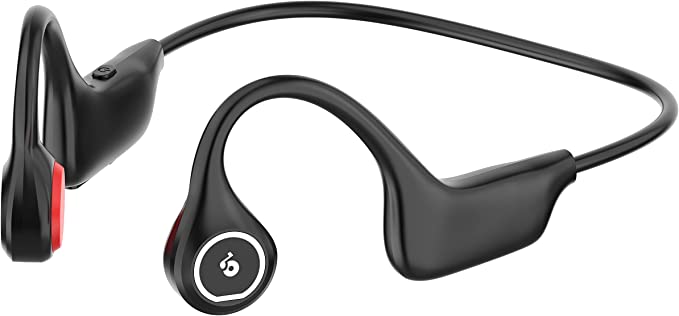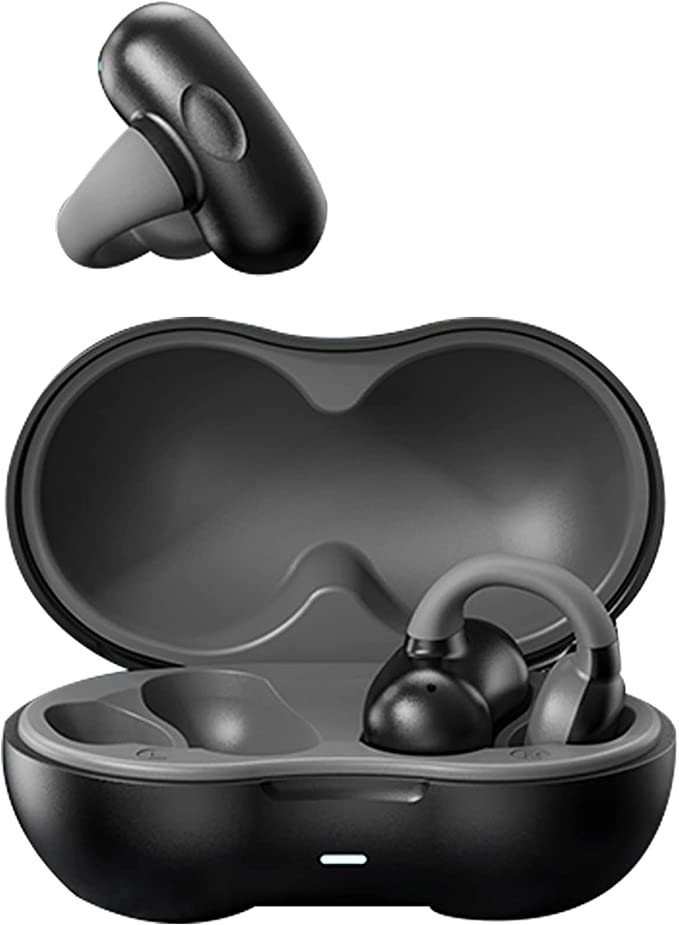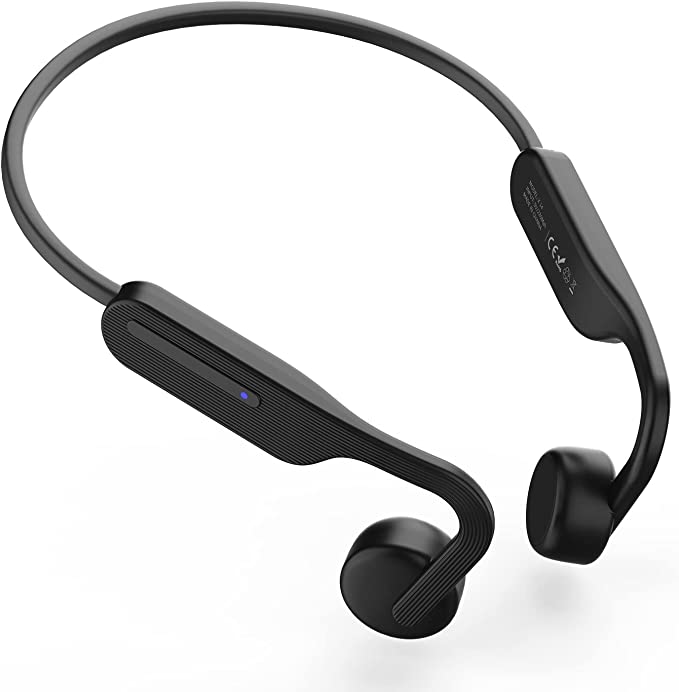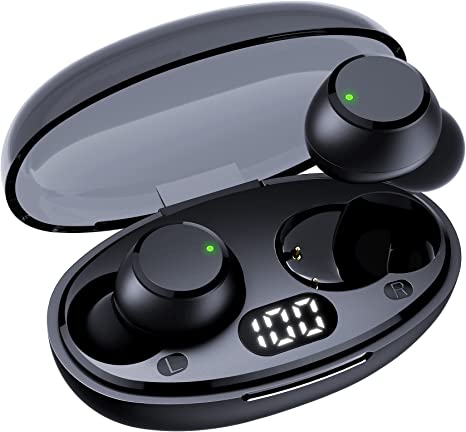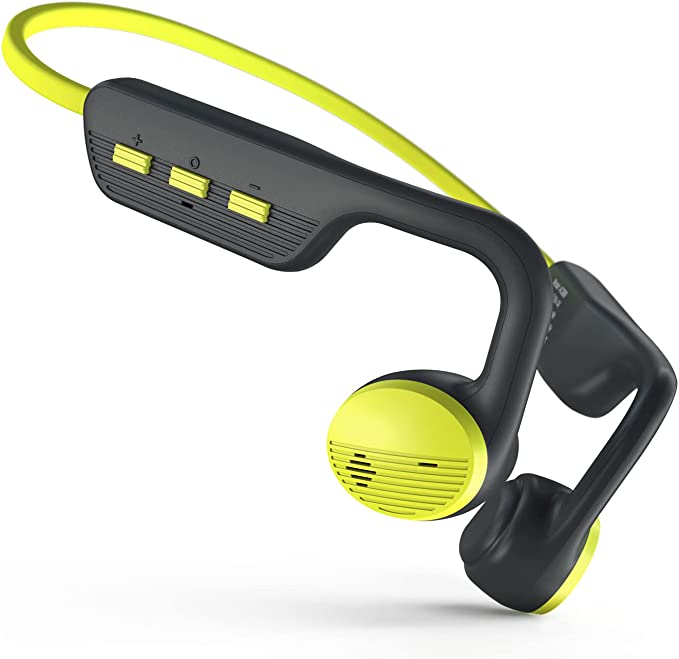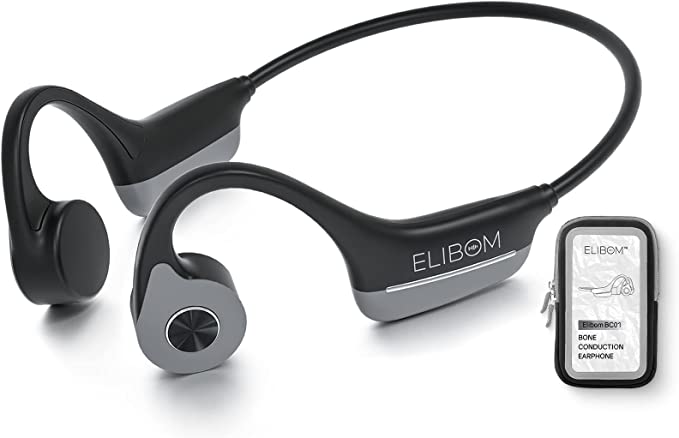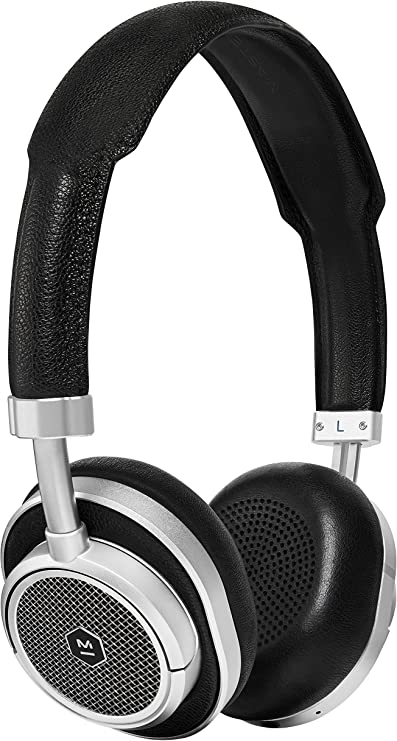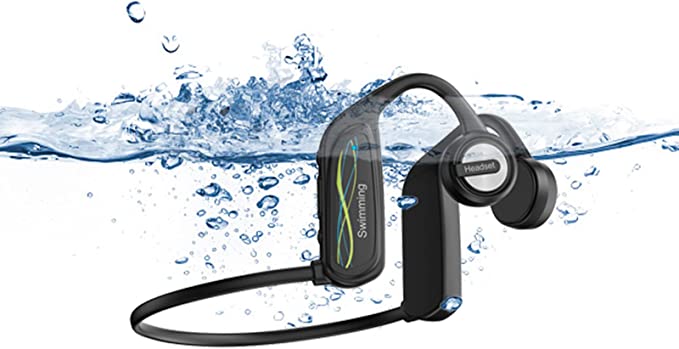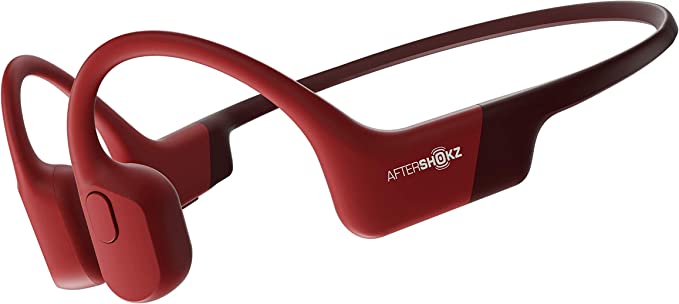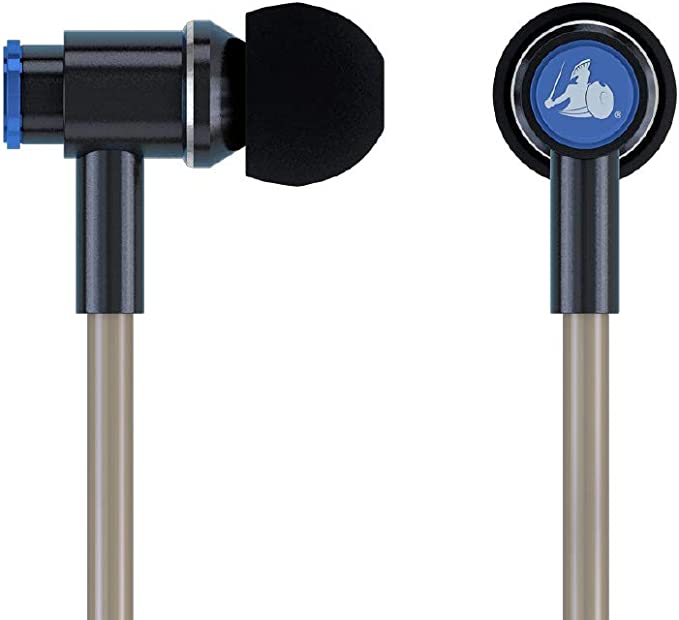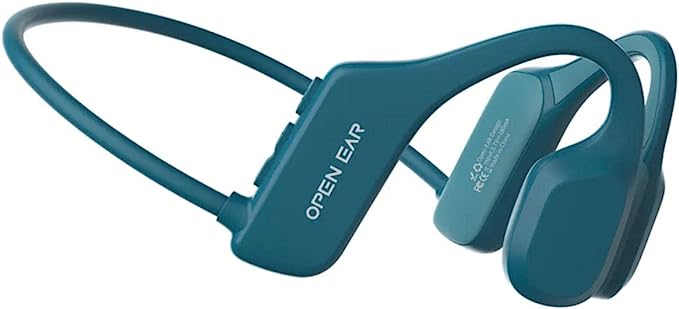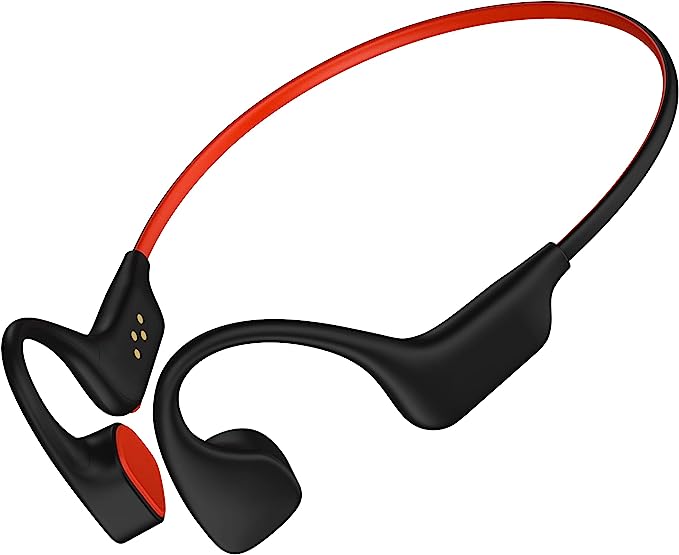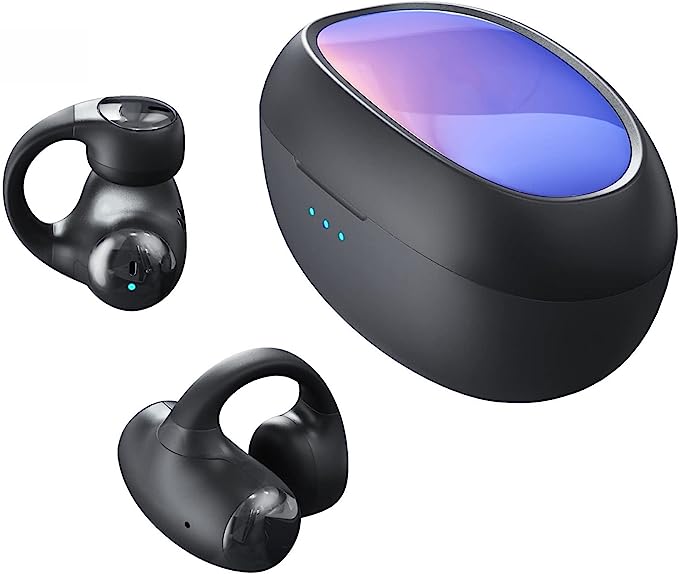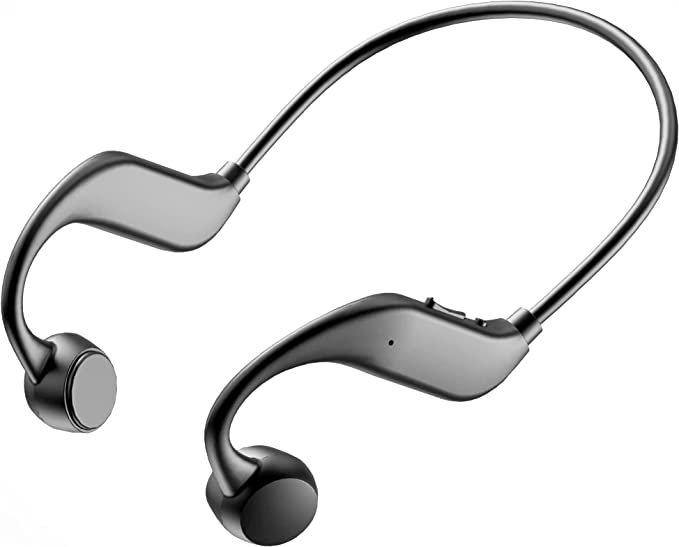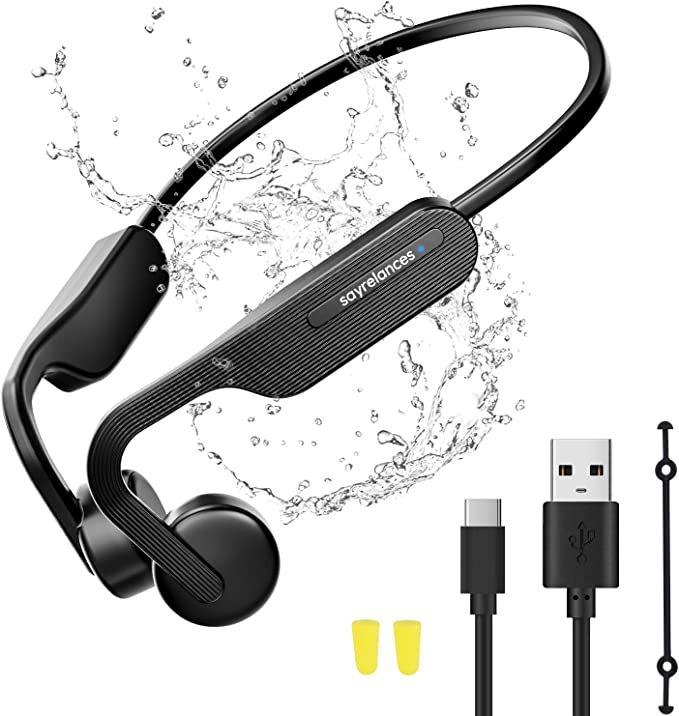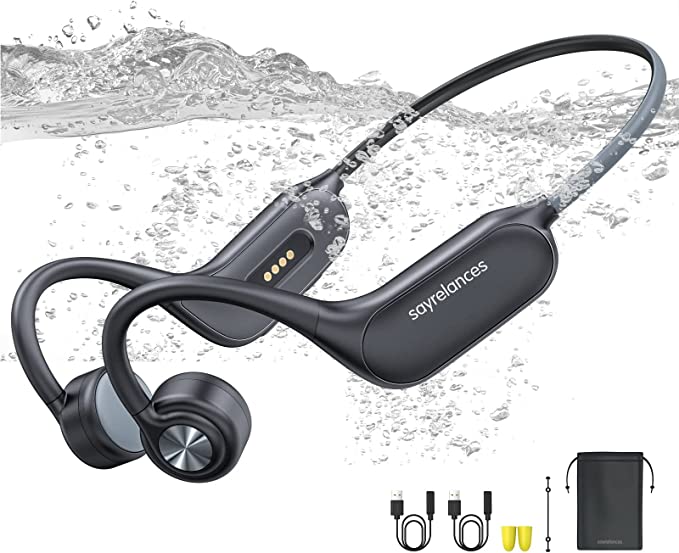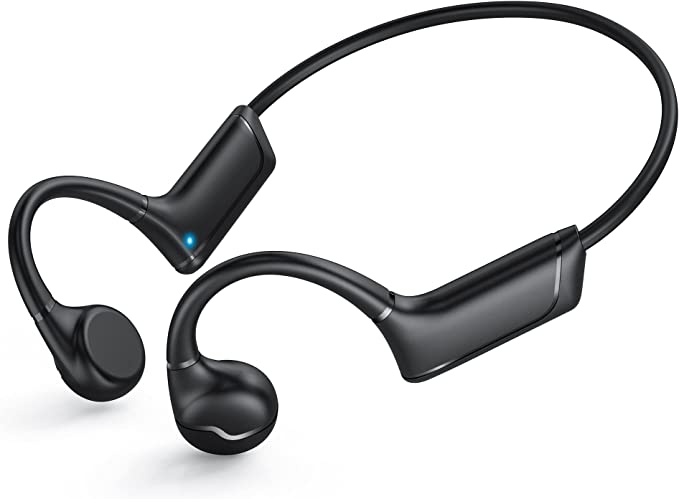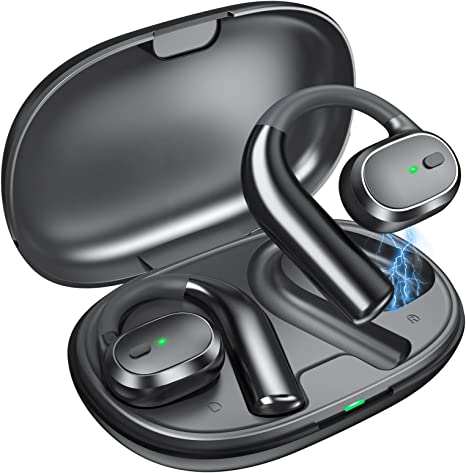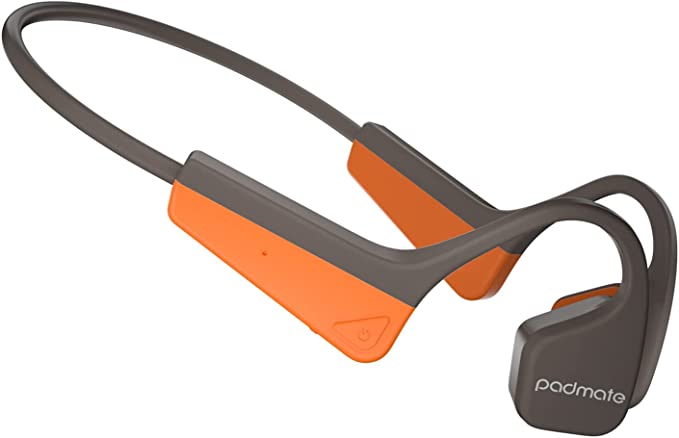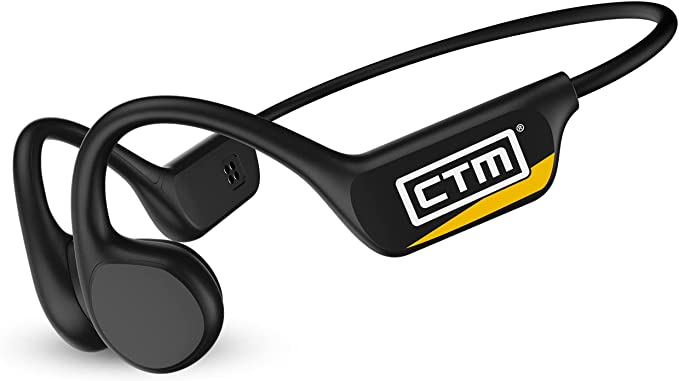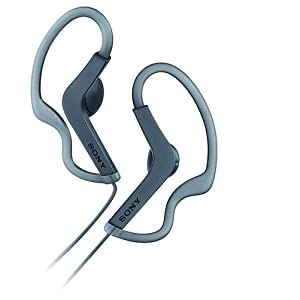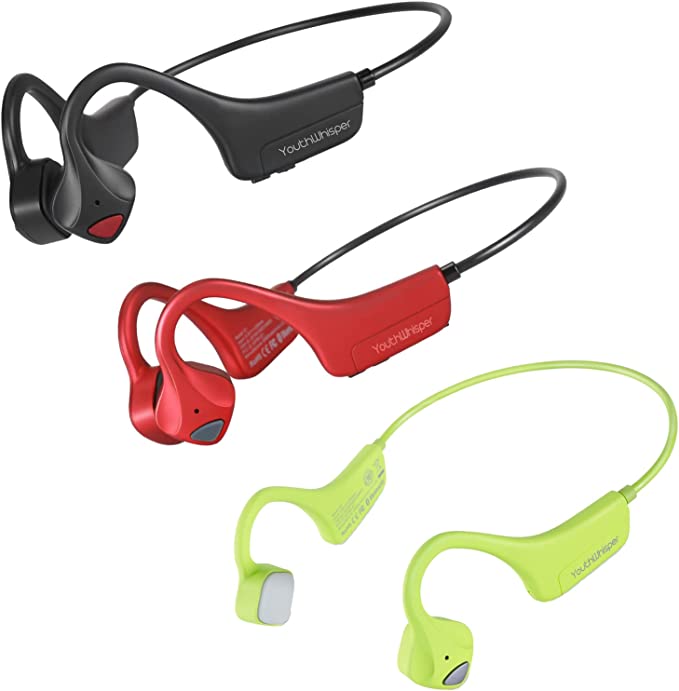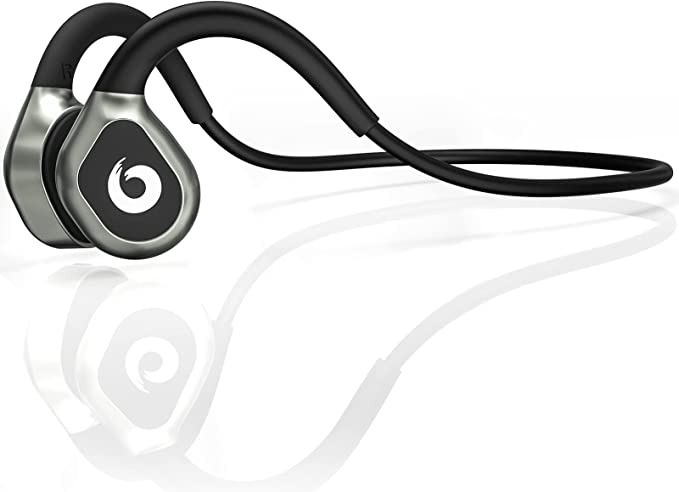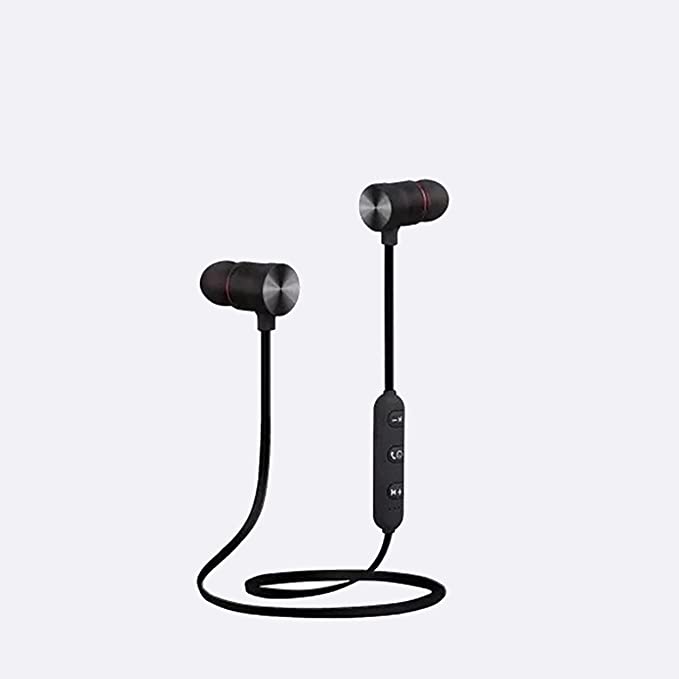Beyond Eardrums: Understanding Bone Conduction with the ZRUHIG Hat-1-BL
Update on Feb. 17, 2025, 10:33 a.m.
Imagine you’re on a run, the wind in your hair, your favorite playlist pumping… and then, thump, thump, thump – your earbuds fall out, again. Or maybe you’re cycling, focused on the road, but you can’t hear that approaching car because your in-ear headphones are blocking out all ambient sound. Frustrating, right? What if I told you there’s a way to enjoy your music and stay completely aware of your surroundings, all without anything covering or plugging your ears? It might sound like magic, but it’s the science of bone conduction, and the ZRUHIG Hat-1-BL headphones are a great way to experience it.

Sound: More Than Meets the Ear (A Vibration Journey)
We usually think of hearing as something that happens through our ears, and specifically, our eardrums. That’s air conduction. Sound, which is essentially vibration, travels in waves through the air. These waves hit our eardrums, causing them to vibrate. These vibrations are then passed through tiny bones in the middle ear to the cochlea, a fluid-filled, snail-shaped structure in the inner ear. The cochlea converts these vibrations into electrical signals that our brain interprets as sound.
But air isn’t the only way to transmit those crucial vibrations. Think about it – everything around us is constantly vibrating, even if we can’t always feel or hear it. The essence of sound is vibration, and vibrations can travel through many materials, including solids… like bone!
The Skull’s Secret Passage: How Bone Conduction Works
Bone conduction hearing bypasses the eardrum entirely. Instead of sending sound waves through the air, special transducers create vibrations that travel through the bones of your skull – typically the cheekbones (zygomatic bones) – directly to the cochlea. Your inner ear doesn’t care how the vibrations get there; it just registers them and sends the signals to your brain, just like it would with air-conducted sound.
This might seem strange, but you’ve experienced bone conduction before! When you speak, you hear your own voice partly through air conduction (the sound waves exiting your mouth and entering your ears) and partly through bone conduction (the vibrations of your vocal cords traveling through your skull). That’s why your voice often sounds so different on a recording – you’re only hearing the air-conducted portion. A more dramatic example is the story of Beethoven, the famous composer who went deaf. He famously used a rod attached to his piano, biting down on it to feel the vibrations of the music through his jawbone.
A History Whispered Through Bone: From Hearing Aids to Headphones
The concept of bone conduction isn’t new. In fact, it’s been used for centuries to help people with certain types of hearing loss. Early hearing aids often utilized bone conduction, transmitting sound vibrations through the mastoid bone (behind the ear) directly to the inner ear.
It’s only in recent years that bone conduction technology has made the leap to consumer headphones. The advantages for athletes and anyone who needs to maintain situational awareness are clear: you can listen to music or podcasts without blocking out the sounds of the world around you.

ZRUHIG Hat-1-BL: Open Ears, Open World
The ZRUHIG Hat-1-BL headphones are a prime example of how bone conduction can enhance your active lifestyle. These lightweight, open-ear headphones rest comfortably on your cheekbones, leaving your ear canals completely unobstructed.
Let’s break down the key features:
Safety First: The Open-Ear Advantage: This is arguably the biggest selling point of bone conduction headphones, and the ZRUHIG Hat-1-BL embraces it fully. By leaving your ears open, you can hear traffic, cyclists, conversations, and any other potential hazards while you’re exercising or simply walking down the street. It’s a game-changer for anyone who prioritizes safety and awareness.

Wireless Freedom: Bluetooth 5.2 Connectivity: The Hat-1-BL utilizes the latest Bluetooth 5.2 technology, providing a stable, reliable connection with your smartphone, tablet, or other Bluetooth-enabled devices. This means fewer dropouts and a more seamless listening experience. With a range of up to 45 feet (13 meters), you have plenty of room to move.
Built to Endure: IP67 Water Resistance: Don’t let a little sweat or rain stop your workout. The ZRUHIG Hat-1-BL is rated IP67, meaning it’s dust-tight and can withstand immersion in water up to 1 meter deep for 30 minutes. While it’s not designed for swimming, it can handle pretty much any other weather condition you’re likely to encounter.
Featherlight Comfort: The 25g Design: Weighing in at just 25 grams (less than an ounce), these headphones are incredibly light. The wraparound titanium frame is designed to be both flexible and durable, providing a secure fit without feeling constricting. You might even forget you’re wearing them!
Power Through Your Day: 7-Hour Battery Life: A single charge provides up to 7 hours of music playback or 6.5 hours of talk time. This should be more than enough for most workouts or daily commutes. And when it’s time to recharge, the Type-C charging port gets you back to full power in about 1.5 to 2 hours.
One-button control is simple to operate.

Beyond the Hype: A Balanced Look at Bone Conduction
While bone conduction offers many advantages, it’s important to have realistic expectations. Here are some common concerns, addressed honestly:
- Sound Leakage: Because your ears are open, some sound will inevitably leak out, especially at higher volumes. This is less of an issue in noisy outdoor environments, but it’s something to be aware of in quieter settings.
- Sound Quality: While bone conduction technology has improved significantly, it generally doesn’t deliver the same bass response or overall fidelity as high-quality traditional headphones. The sound is often described as being more “ambient” or “spacious.” It’s excellent for podcasts, audiobooks, and music where situational awareness is paramount, but audiophiles seeking the ultimate sonic experience might find it lacking.
- Suitability: Most people adapt to bone conduction quickly and find it very comfortable. However, some individuals may experience a slight tickling sensation at first, especially at higher volumes.
- Low sound and durability: Some user’s review mentioned low sound and durability, and ZRUHIG Hat-1-BL provides 60-day free return, so it is better for user to try it first.

The Future is Vibrating: Where Bone Conduction is Headed
Bone conduction technology is constantly evolving. We can expect to see further improvements in sound quality, reduced sound leakage, and even more innovative designs. Some companies are exploring bone conduction for virtual reality and augmented reality applications, creating immersive audio experiences without isolating the user from the real world. Integration with smart glasses and other wearable technology is also a likely development.

Conclusion: A New Way to Listen, A New Way to Experience
Bone conduction offers a unique and compelling alternative to traditional headphones, especially for those who prioritize safety, situational awareness, and comfort during physical activity. The ZRUHIG Hat-1-BL headphones provide a solid entry point into this world, offering a good balance of features, performance, and affordability. While they may not replace your high-end headphones for critical listening, they excel in situations where staying connected to your surroundings is essential. It’s a new way to listen, a new way to experience your audio, and a new way to stay safe while doing what you love.

